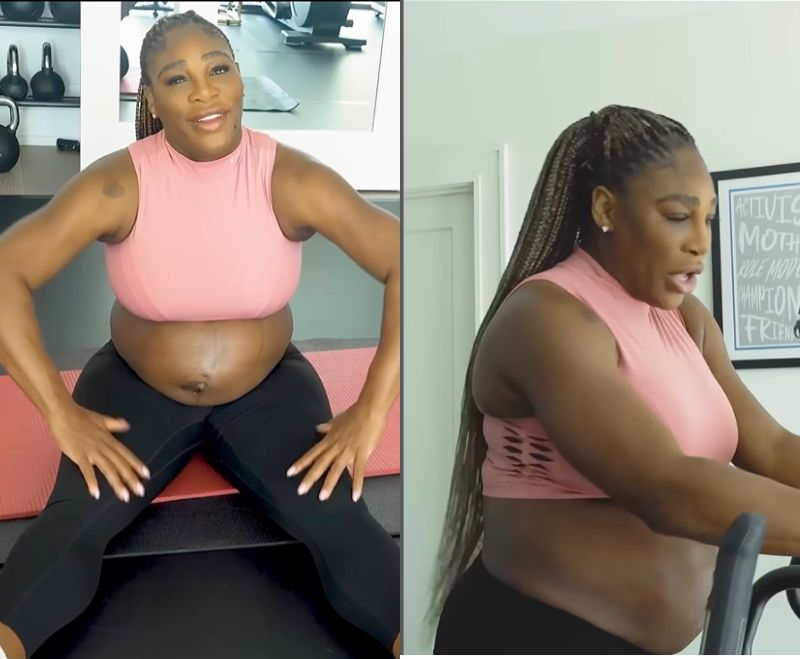CELEBRITY
Serena Williams announces pregnancy for the third child, Her experience underscores a wider problem for new mothers in …see more

Tennis star Serena Williams may still be thinking about a possible comeback, but at age 40, she’s quite content with being a mother first.

“(W)inning is now a desire and no longer a need,” Williams writes in a first-person essay for the April edition of Elle magazine. “I have a beautiful daughter at home. I still want the titles, the success, and the esteem, but it’s not my reason for waking up in the morning.” But simply waking up in the morning is not something the 23-time Grand Slam champion takes for granted.
In the essay, Williams reveals the harrowing experience she had in the hospital after giving birth to her daughter Olympia in 2017 — one that required four surgeries, including a C-section, and put her perilously close to death.

SERENA:Williams hints at comeback as longtime coach moves to rival player
Her story starts out as a routine pregnancy, though an unexpected one. Although she still competed for a while in 2017 after finding out she was expecting, she says her body made its preference very clear. “Being an athlete is so often about controlling your body, wielding its power, but it’s also about knowing when to surrender,” she says.
As she got closer to her due date, she came to a stunning realization: “I guess I’m one of those women who likes being pregnant; I enjoyed the positive attention. I’m used to getting negative attention from the press and critics, but this was different.” When it was time to give birth, she was as prepared as she would be for any tournament. Except this was different.
In 2010, Williams was diagnosed with blood clots in her lungs, and doctors discovered a hematoma in her abdomen. Her condition was treatable, but she was at a high risk for clots going forward. After giving birth, Williams began to lose feeling in her legs. And her pain increased. Although the hospital staff didn’t seem overly concerned, she insisted on getting tests to see if blood clots had formed while she was off her regular medication.
“They were trying to talk to me, and all I could think was, “I’m dying, I’m dying. Oh my God.’ ”
























